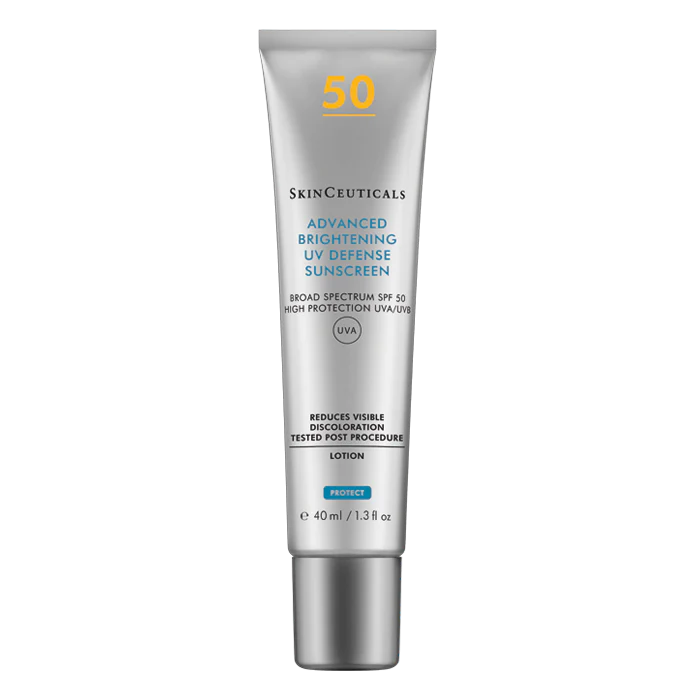Hyperpigmentation is defined as darkening patches of skin. This occurs when the skin produces more melanin, the pigment that gives skin its colour. Sun damage is the main cause of pigmentation. The initial melanin production from sun exposure acts as a natural sun screen to protect from harmful rays. However excess UVA/UVB exposure disrupts the melanin production, which leads to increased pigmentation.
This pigmentation can be harder to treat as it is produced in the dermal layers of the skin. The process of melanin production is regulated by an enzyme called tyrosinase. Melanocytes are cells within the basal layer of the epidermis responsible for producing melanin. Once formed, melanin is then packaged in to small, round organelles called melanosomes which are transported to neighbouring keratinocytes via dendritic processes. They are deposited superficially to the cell nucleus to offer protection from UV Radiation. When the process goes in to overdrive, excess melanin is produced and can cause darkening of the skin in that area. This is known as hyperpigmentation and occurs in various forms.
When it comes to treating pigmentation, it is important to first identify and eliminate the cause. A tailored skincare regime can then be developed which suits the individuals skin type and skin condition.
To help to prevent pigmentation :
1. Avoid peak hours of sunlight between 11am and 3pm.
2. Wear a high broad-spectrum SPF with high UVA/UVB barrier.
3. Seek shade and wear sunglasses , protective clothes and a hat.
4. Avoid picking at spots which can result in post inflammatory pigmentation.
5. Avoid products and treatments that cause irritation and inflammation of the skin.
More information to follow on treatments, products and ingredients to treat pigmentation.
Skin Brightening System - the kit with all that you need to address pigmentation




















































